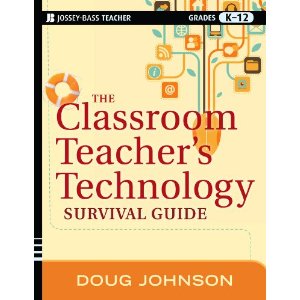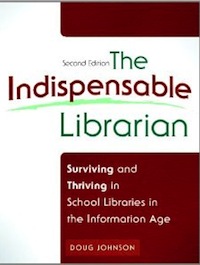News burnout
 Tuesday, October 22, 2024 at 08:55AM
Tuesday, October 22, 2024 at 08:55AM
Can’t we just get this election over? Please? The campaigns have been ugly, disparaging, and overwhelming. And I’ve voted already already. I will admit to being something of a news junkie. I read two daily newspapers and subscribe to the NYT for its columnists. I watch the local and national news nearly every night. The only radio station I have a preset for in my car is NPR. I check my GoogleNews feed daily and read Heather Cox RIchardson’s newsletter (or most of it anyway). In my own little echo chamber, I don’t watch Fox news or read any political posts in my Facebook feed nor do I subscribe to Twitter (now known as X). After only a few dozen viewings, the ads by all candidates regardless of political party don’t just bore me, but almost nauseate me. (But not as much as the emu in the Liberty Mutual Ads.) I only glance at the postcards that arrive daily in my mail before pitching them into the recycling bin in my garage - the poor things don’t even make it into the house. I am not a fan of lawn signs - with the prevalence of one party sending shivers down my spine. As I mentioned, I have already voted early. I sense it is not the undecided, but the indifferent, who have not or will note vote in this critical election. I suspect, like most citizens, there is no party that totally reflects my values, my hopes, my concerns. (Is ANYBODY but me concerned about the national debt?) I don’t think one more diatribe about the deficiencies of one’s political rival is going to make much of a difference on November 5, 2024. And I am afraid I am not just getting burned out on political coverage. Stories of ecological disasters, forecasts of “existential” climate change, both endangered and invasive creatures, and energy policies now get a quick read of the headlines and maybe a paragraph or two. Do I really need to see photos of one more bombing and its victims in Israel or Gaza or Lebanon? How many more shootings in downtown Minneapolis do I really need to hear about? I do understand that “when it bleeds, it leads” has been a long time principle that news publishers have adhered to for many, many years, but sheesh! The biggest problem I see with news-overload is that it may be desensitizing me to important issues I should be more knowledgeable about. I wish I had a strategy or guidelines that would allow me to stay informed, but not be burned out. Suggestions, readers? Oh, please vote. Our grandchildren’s futures will hinge on this election.







